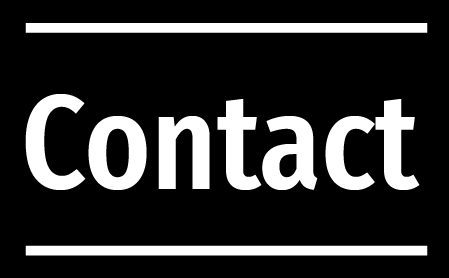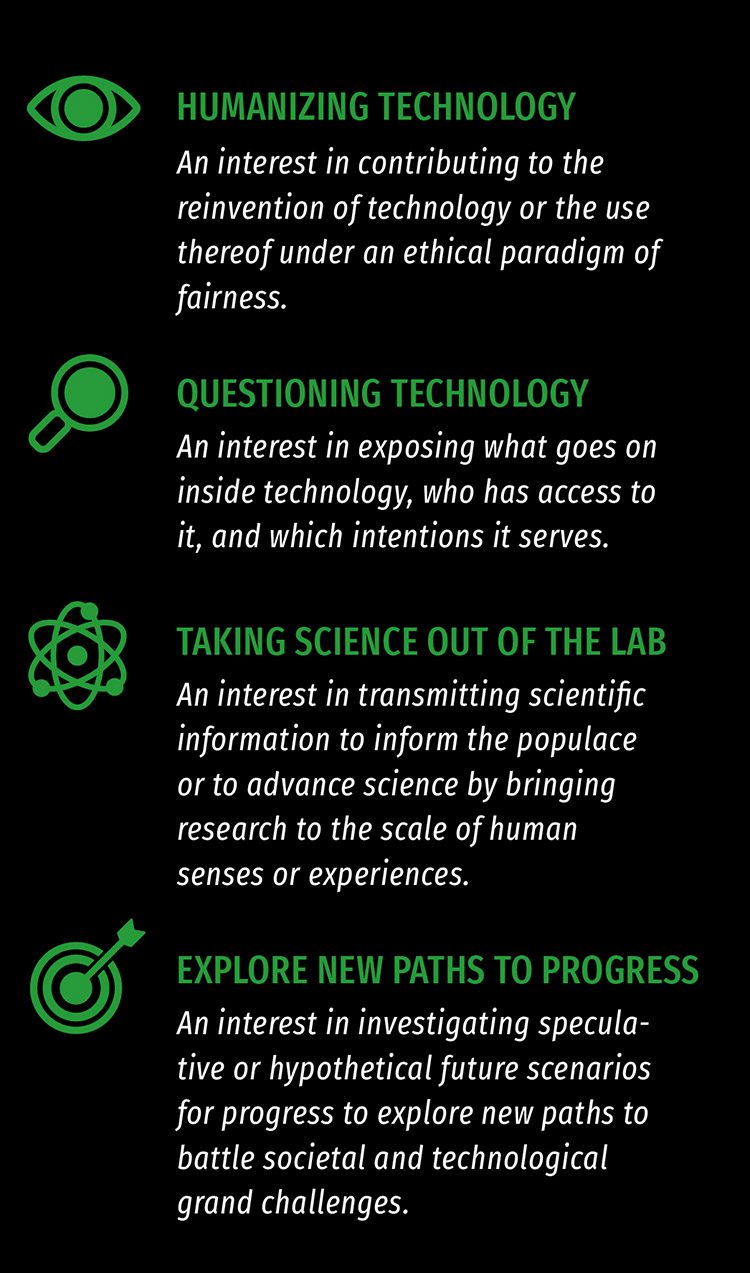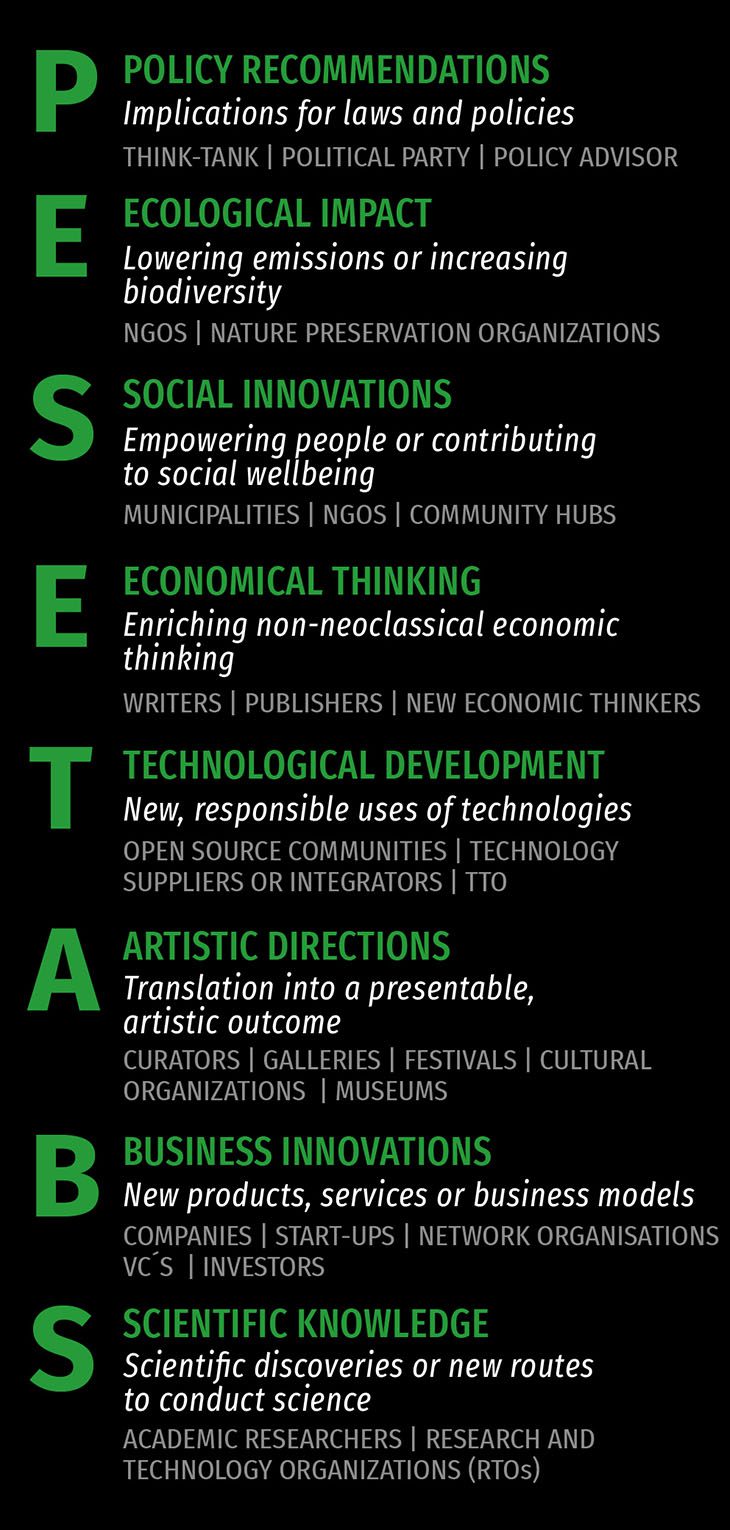Art encounters no physical, nor political, technological or material constraints. It creates a playing field in which the observer is provided the possibility to go beyond imagination; a spark of the future or a chance to reflect. Through bringing concepts alive the artist conveys a message, a story – whether aesthetic or shocking – but with a certain impact on society. It is this impact that triggers many disciplines of which the world of science and technology is our current focus. Because in these worlds experimentation and creativity are both needed and existing.
With Recreating Nature we take a look at how art and technology intersect, more specifically in the fields of (bio) design and start-ups. How do we use materials we have in our world and place them in new perspectives, since ‘the world is our depot and what is wasted is lost for eternity’. During In4Art features on February 4th we had a debate about this issue based on Design Column #12: Spaceship Earth, which currently is on display at museum Boijmans van Beuningen. The underlying movies and slides, referred to with [] can be seen here. Below the introduction story. Take your time to enjoy the different video’s.
The link between Art and Technology has been around for a long time. We start at Leonardo da Vinci [3]: a true ‘homo universalis’, who was both an artist and inventor and used insights from both worlds to enrich his concepts. Closer to home we have Rembrandt van Rijn [4] influencing scientists and doctors with his paintings of anatomic lessons. In the seventeenth century some breakthrough research changed the scientific view and opened new possibilities. Artists and anatomists started to work together to reproduce the human body. Scientists started to show interest in the knowledge of artists to fabricate and mix colour. But it becomes even more spectacular when the disciplines fuse and create a new material: living luminescent cells. An example from here and now is Joris Laarman with this Half Life Lamp [5]. Based on hamster cells and firefly genes, this transcendent of the LED lamp shows the possibility of living appliances. Or how we can create living art by recreating nature…
Another way to recreate nature and create new forms of life is to bring dead plastic tubes alive, as seen in the project Strandbeest from Theo Jansen [6]. The artist comments on it by saying: “not pollen or seeds but plastic tubes are used as the basis material of this new nature. I make skeletons that are able to walk on the wind, so they don’t have to eat. Overtime, these skeletons have become increasingly better at surviving the elements such as storm and water. Eventually I want to put these animals out in herds on the beaches so they will live their own lives”
A man with a vision and a dream. Sometimes these two are split between two persons, in the case of Maison a Bordeaux [7], where a wheelchair chained man had the dream to be able to freely move in his multi-floored house and an architect – Rem Koolhaas – that reinvented the status quo of an elevator. From thinking inside the box about a closed cabin, he transformed the elevator concept into an open platform enabling continuous change with a machine in the heart of the building.
Would this design be something that could end up becoming mass manufactured – the dream of business? Probably not, because this work is very trailered to a specific need of a very wealthy customer, In that sense architecture and design have its own clients. But it does show the link to customer experience and finding ways to surprise one’s expectations and solving the customers pains that is at the heart of any start-up. They are too entities on the edge of new developments. Where artists are pioneers with the power to create awareness of new trends and a sneak peek into the possible future, start-ups are the ones experimenting with materialising this future and bringing it to market, searching for a scalable business model.
And where do they differ? Take the lamp of Joris Laarman. It is applied art that we call design. It is art because it gives us a glimpse of what might be but cannot exist yet in this world. An anecdote: when sending the lamp to New York to feature in a local exhibition it died on the way. But we know that Joris Laarman does have other products, that he mass produces in a factory line.
Nonetheless, art is an important inspiration for the world of business. Creativity from artists is something really appreciated in the world of multinationals and start-ups [8,9],
Back to our first statement – Art encounters no physical, nor political, technological or material constraints. Banksy [10] deliberately placed this graffiti opposite of the French Embassy in London to make a statement on how the refugees in the jungle of Calais are treated and to support his work of art, he uses the technology of a QR code to show footage material. This shows us that artists balance between influencing and using society / technology and nature [11].
Furthermore, different designs from the Design column are discussed, which have one thing in common: all are composed of natural materials. And although the Design Column only shows a few [15,17,20], previous design columns [18,19] and other designers make use of many different materials ranging from mycelium to algae and bacteria [22-26]. In these examples, the line between design and start-up evaporates, because all search for new applications of materials. Because within the 4th Industrial revolution, bio- and self-healing materials might become the new software enabling tomorrows growth.
And to go beyond naturally recreating nature and bring in the In4Art focus of scouting and supporting emerging artists, we close with the work of Raul Moyado Sandoval [27], ‘one artist that is bringing this immersive, 360° feel to paintings. Working with the Google Maps API, he is creating interactive other worlds, similar to that of a Google Street View scene, but with brushstrokes and paint rather than giant backpack-mounted lenses.’ Bringing Art and Technology back into one piece again.
Our gratitude goes to museum Boijmans van Beuningen for trusting us in organizing an event around their exhibition and Venture Café Rotterdam for providing the venue and opening their network.

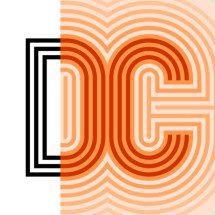
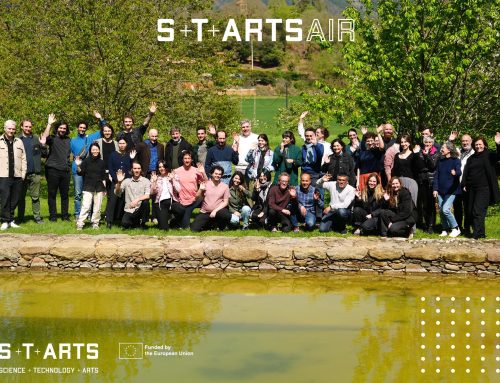


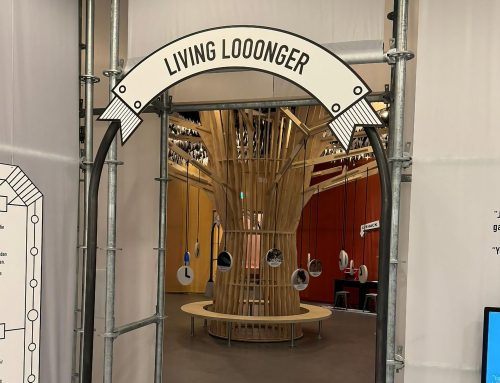


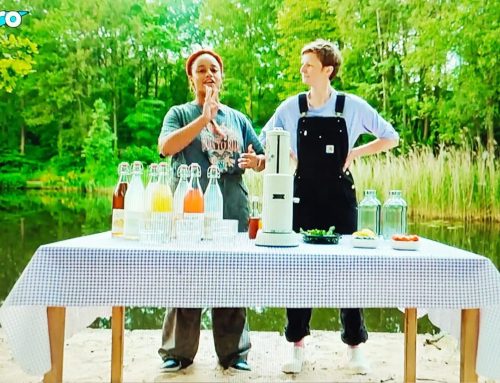
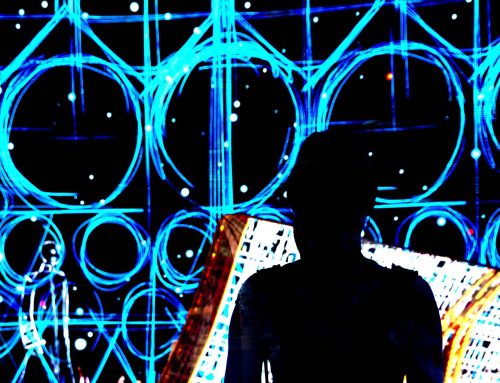
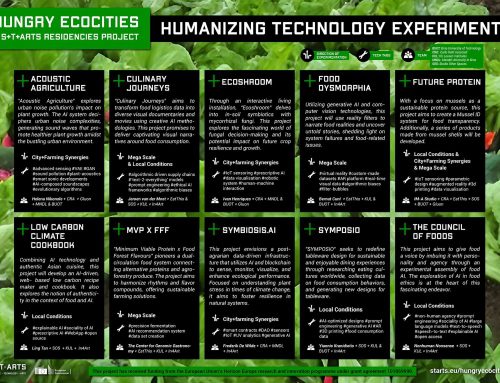
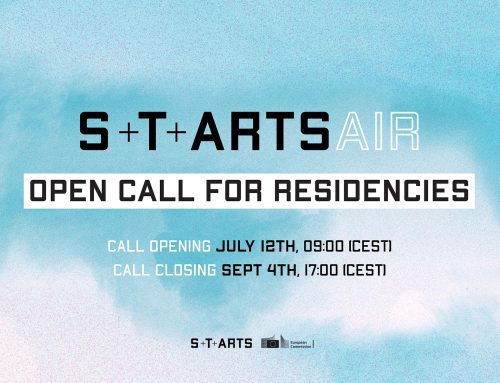

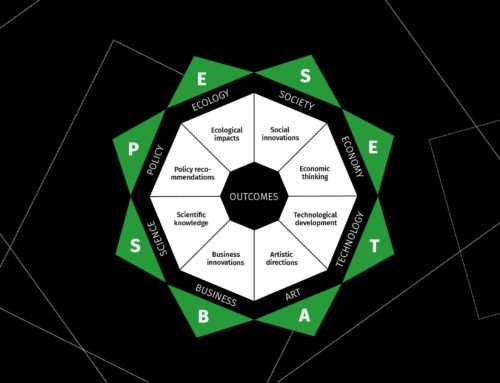


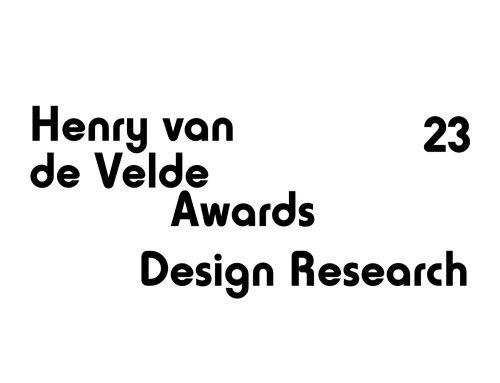
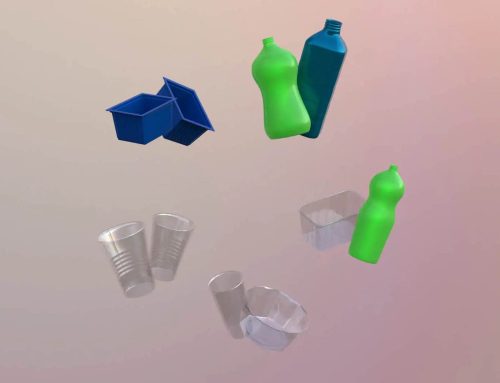

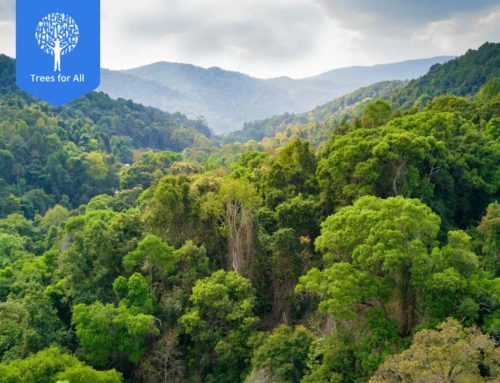
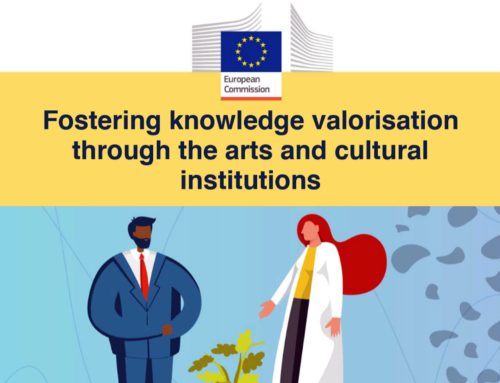
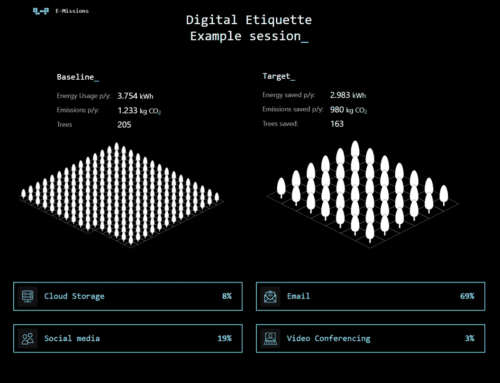

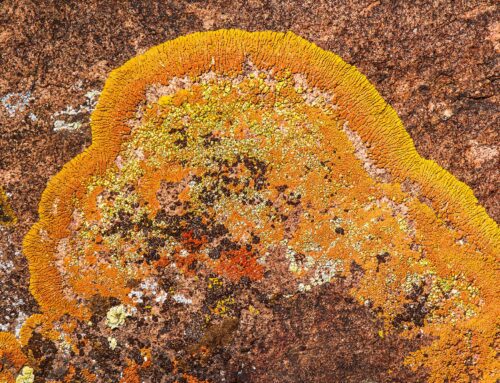


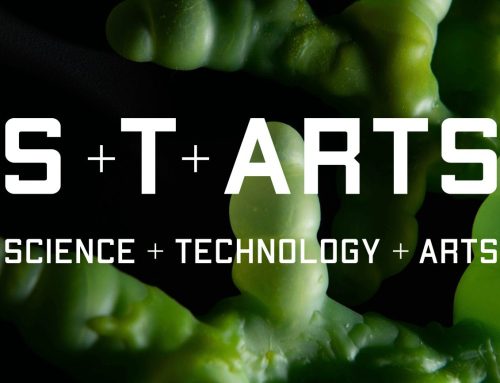


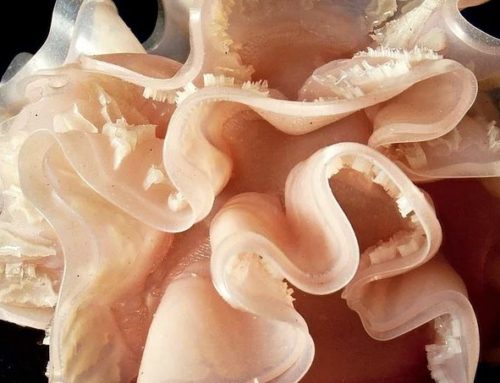
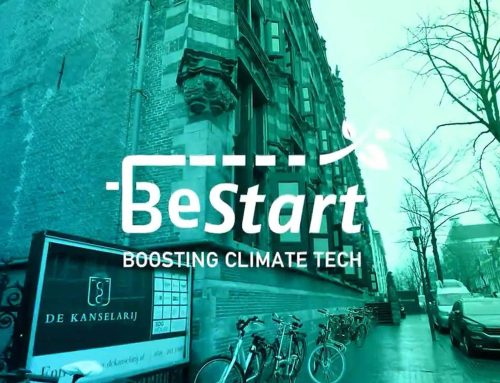
![Get ready to experience Transnational Activation of Simultaneous Touch [TAST] – 19 May 2022 – 22 May 2022 at V2_ in Rotterdam](https://b2035236.smushcdn.com/2035236/wp-content/uploads/2022/04/TAST-Marnix-de-Nijs-500x383.jpg?lossy=1&strip=1&webp=1)
